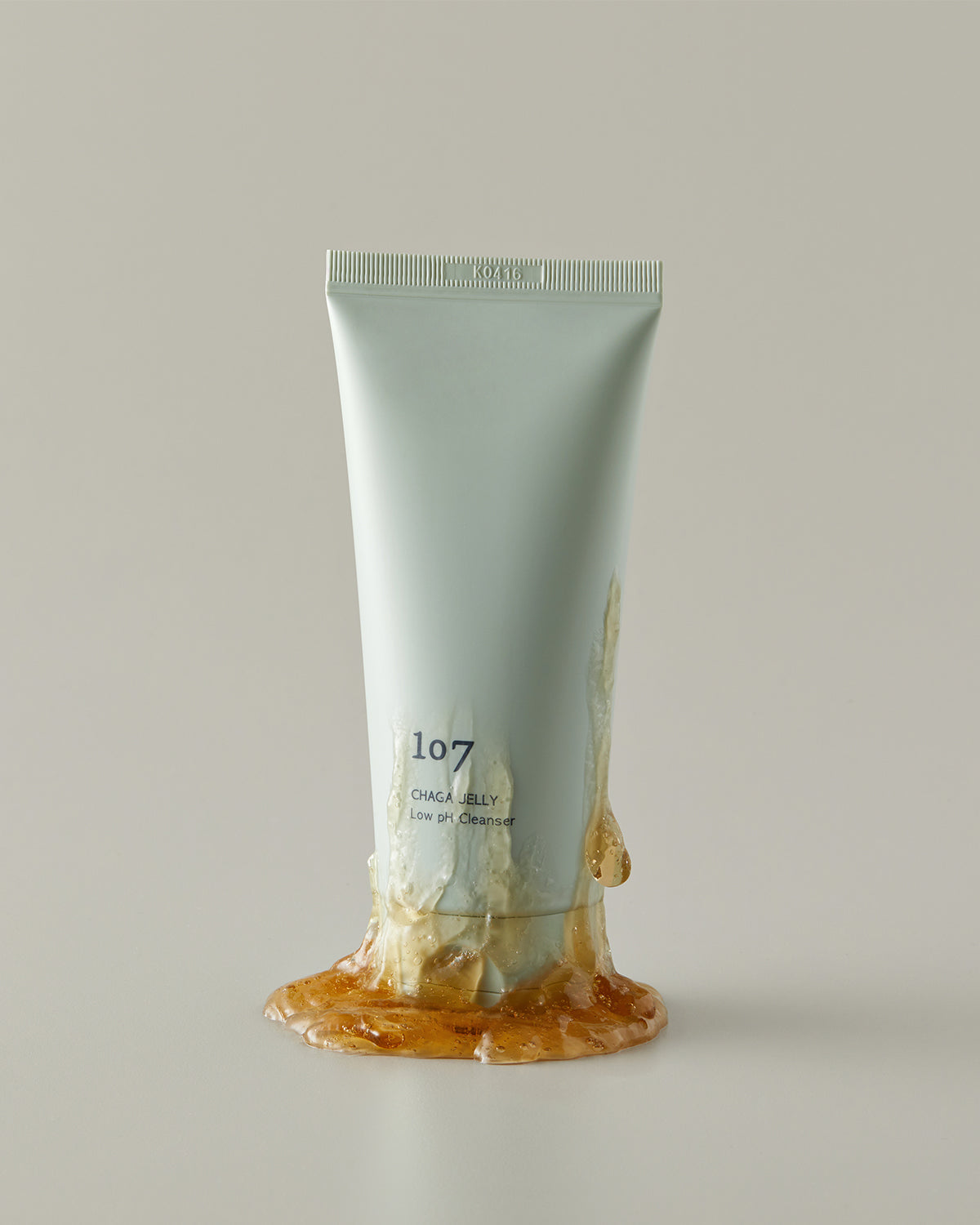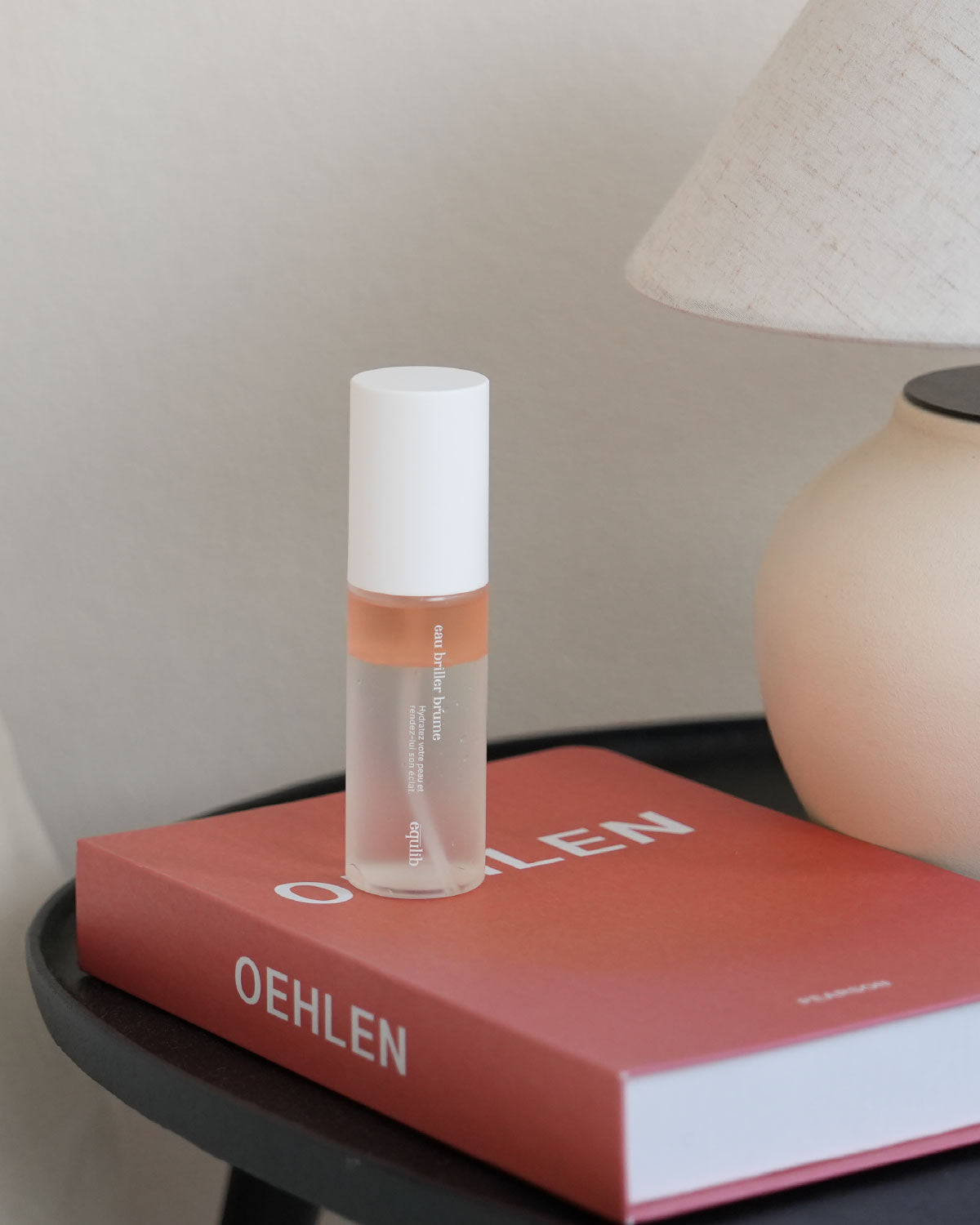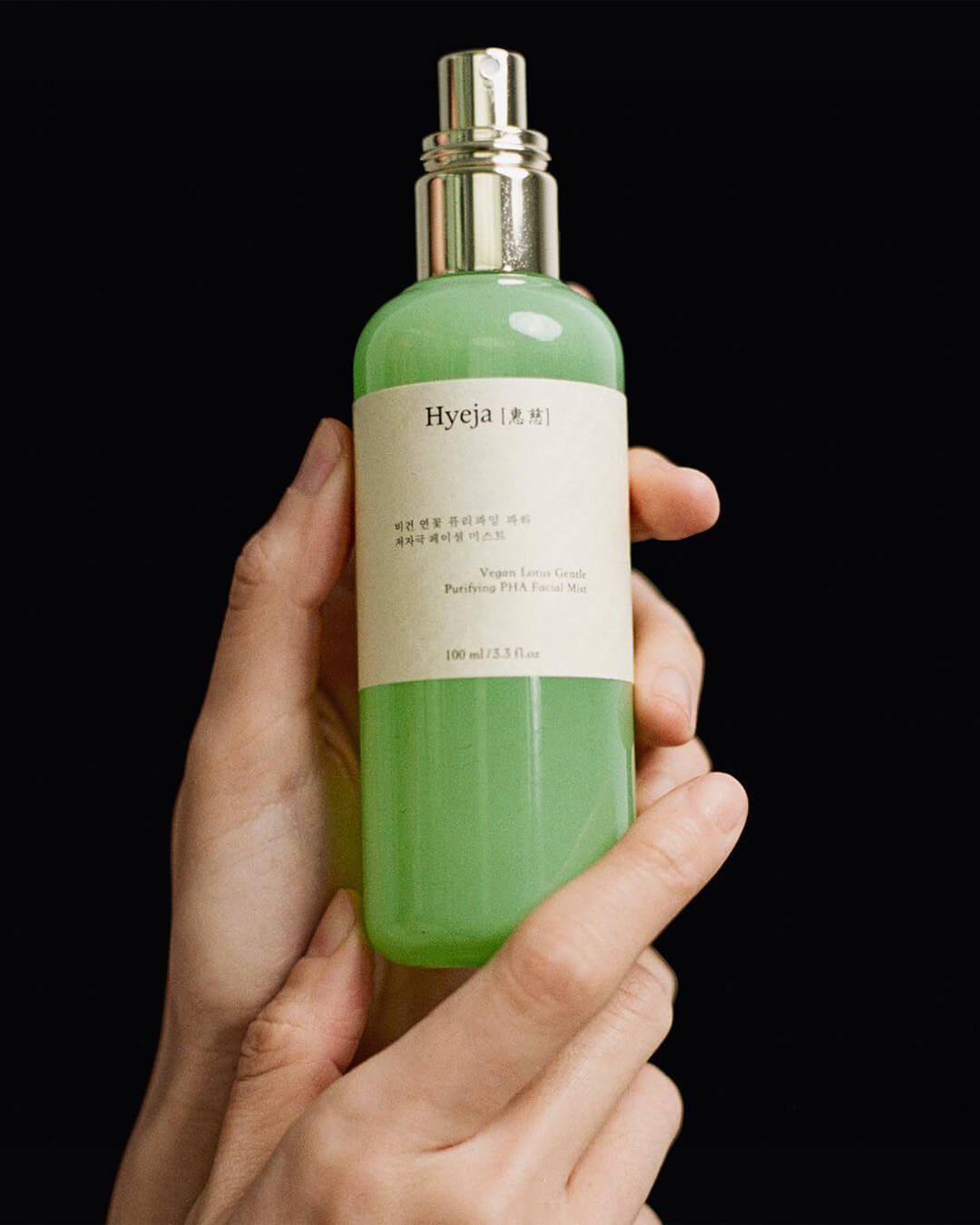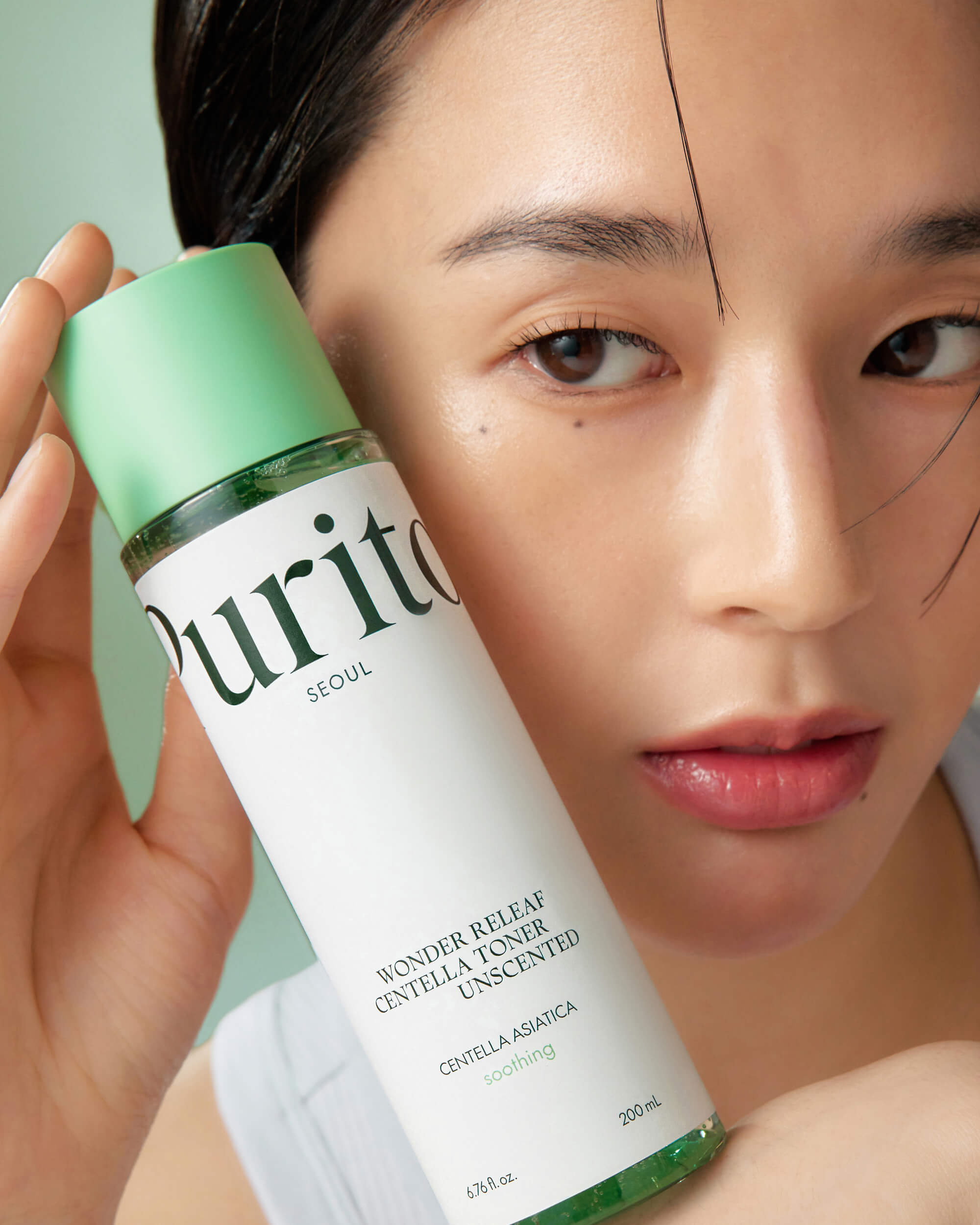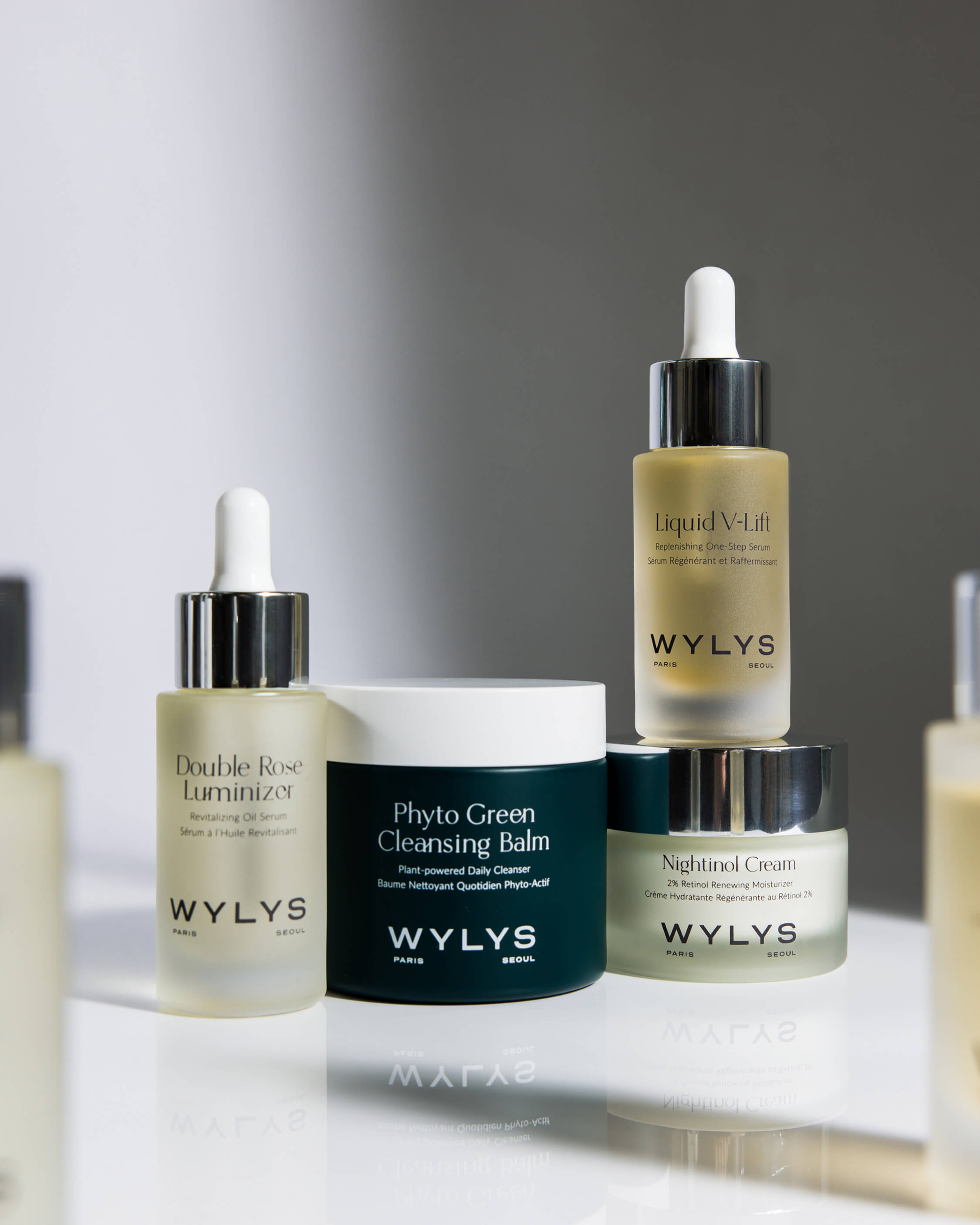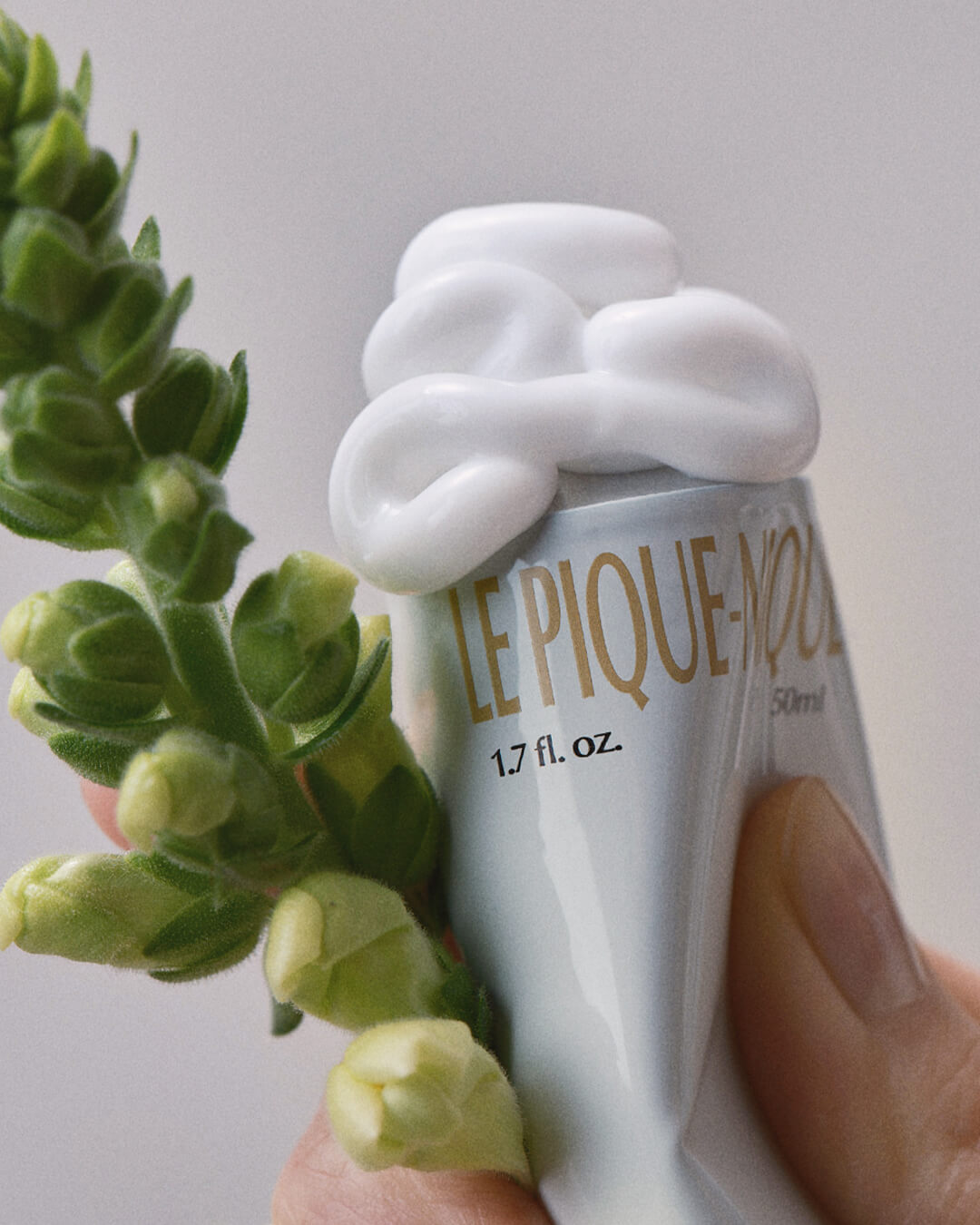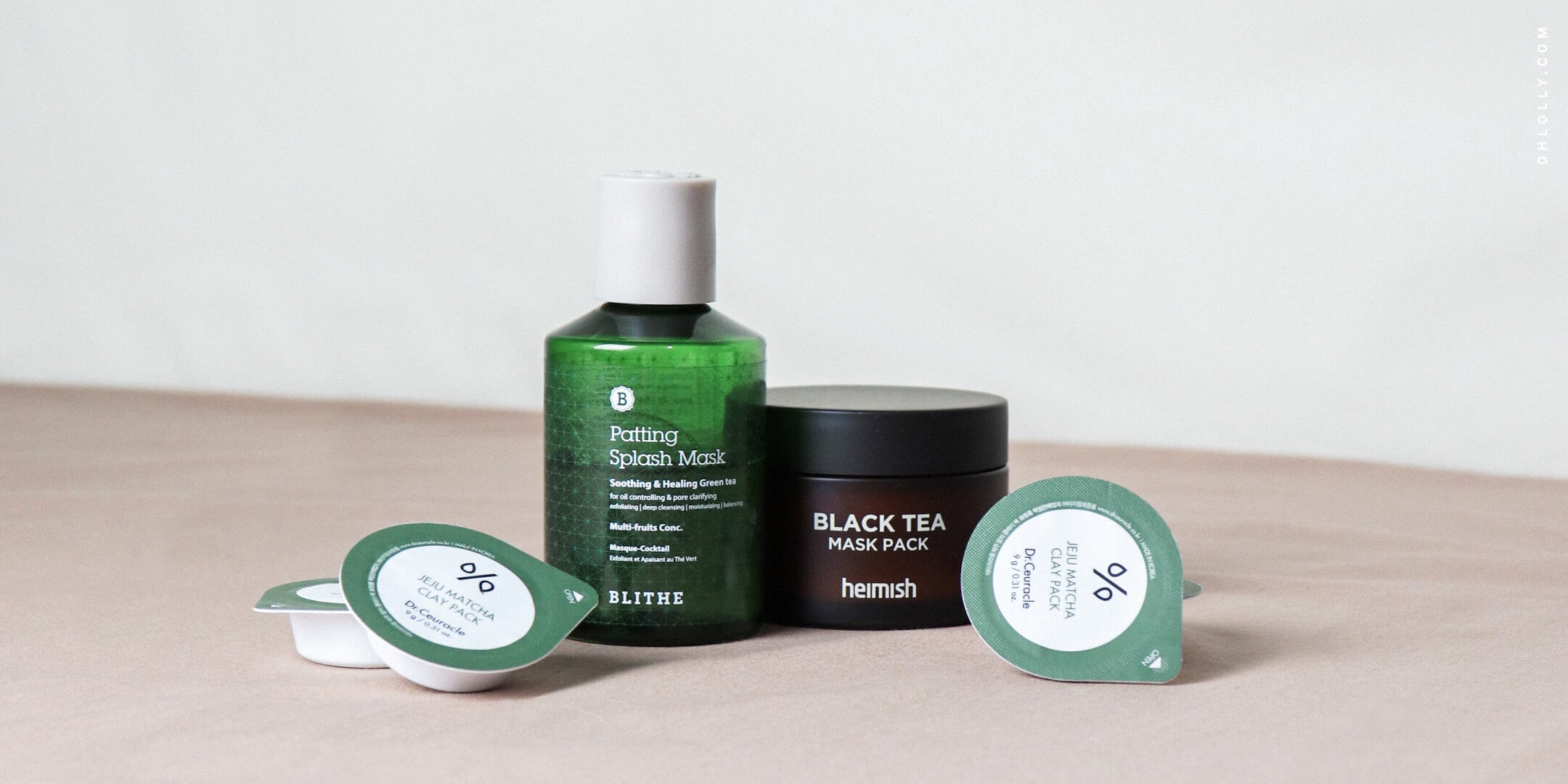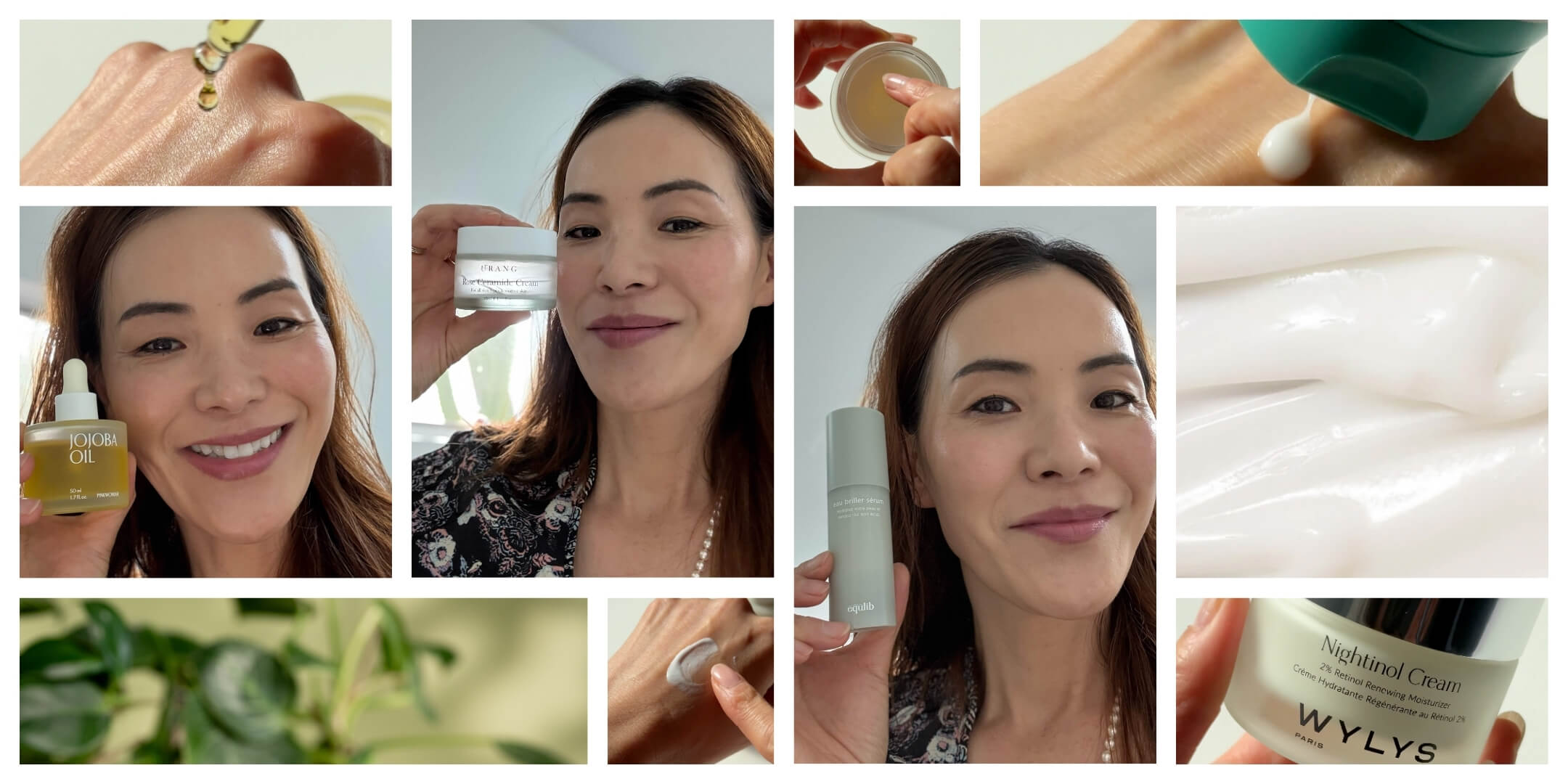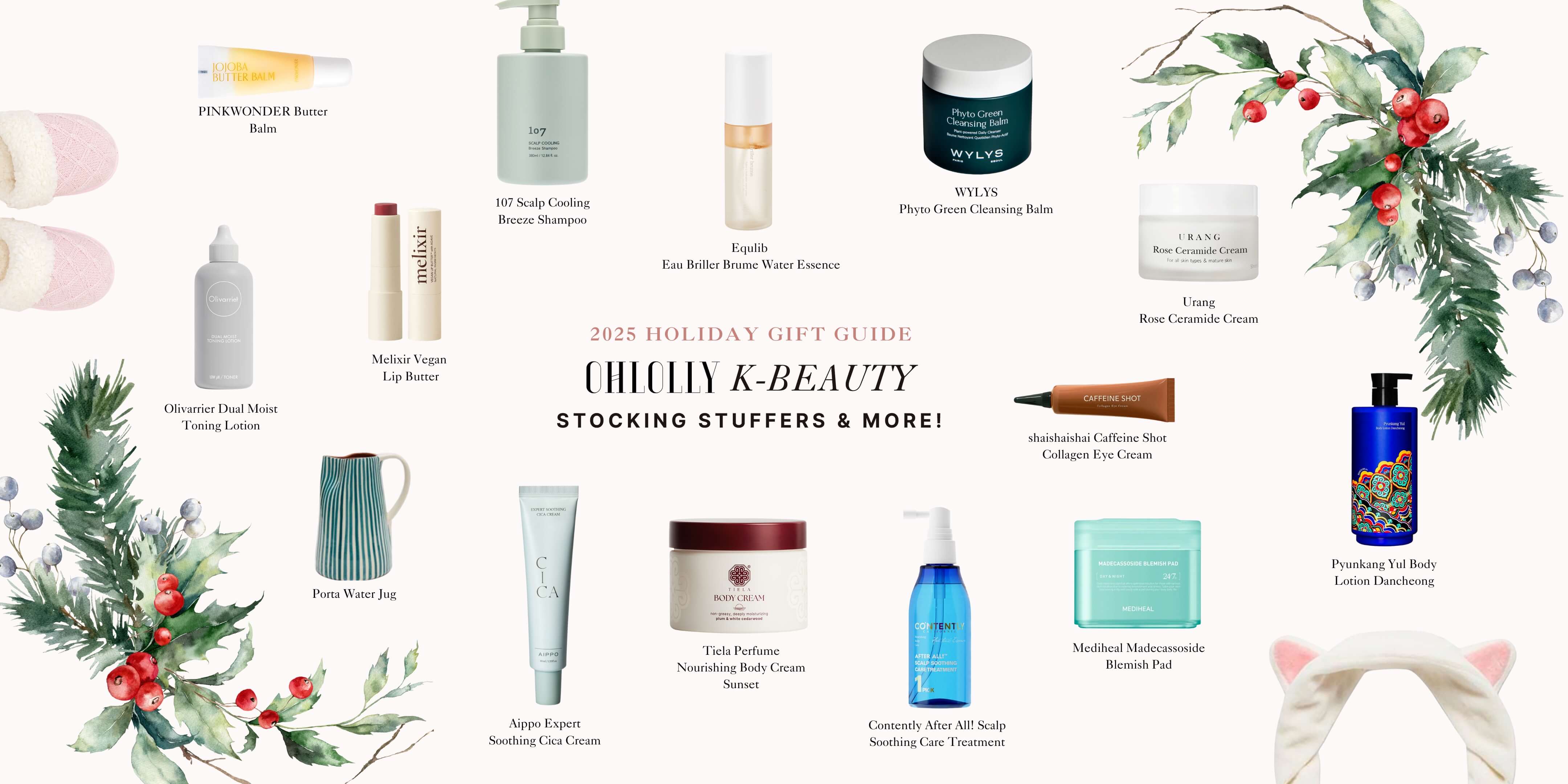Should You Put Fragrance on Your Skin?
Whenever you’re looking to refresh or overhaul your skincare routine, the ingredient list is a good place to start. While things like parabens, sulfates, or petroleum-based ingredients might be easier to spot and therefore avoid, fragrance can get complicated.

As an unregulated ingredient, brands can include fragrance or “parfum” without having to disclose exactly what goes into it – a catch-all term to protect trade secrets that can mean different things for different skin types. (And end up including things like phthalates, neurotoxins and other chemicals.) Below, we’re answering some of the key questions about fragrance to help you determine what’s best for you.
Natural vs. Synthetic
There are two different types of fragrance used in skincare. Natural fragrances are what they sound like, extracts from natural sources. These can be in the form of chemical isolates extracted from a botanical source, essential oil, or resin. They typically don’t last as long as chemical fragrances.
Synthetic fragrances are made in a lab and can be fully or semi-synthetic. Because they can contain any number of chemicals that have an impact on the skin, they are more often the culprit behind irritations like contact dermatitis, skin allergies, or even asthma. Their effects can also be cumulative over time, which is why some people with very sensitive skin can be advised to avoid them.

Well-formulated synthetic scents, however, tend to make all the difference. Just because it’s made in a lab doesn’t always mean it’ll react poorly on the skin. If a brand is already using high quality, organic star ingredients, like Huxley, for example, irritations tend to be less common. Scent is also subjective, so be sure to read product descriptions carefully and note if a brand indicates it’s specifically “fragrance- free.”
Why are they used?
Simply put, fragrance helps products smell better. Especially in products that have potent ingredients, fragrance can help mask unpleasant scents, which leads to a better overall customer experience. Brands want to sell. Even if a product is effective, if it has an off-putting smell, it can be harder to move.
This is often why more natural products can sometimes stereotypically be called “funky,” “hippie,” or just “weird.” It’s important to distinguish, though, if a product is actually smelling off as in it’s expired, or just allowing for its naturally aromatic scent to come through.

Aromatherapy can also be a powerful tool, both mentally to help you unwind (and lower stress, which then relaxes the face) and practically, since many naturally occurring ingredients do have a pleasant aroma. Just because a product has a specifically formulated scent doesn’t always mean it’s hiding something, either. Again, it’s important to consider the quality of the source and reputation of the brand.
What about essential oils?
Essential oils are concentrated extracts distilled from plants and flowers. They will usually be diffused in a carrier oil that’s botanically-based from a seed or nut. The pro of essential oils – when they are sustainably extracted and of high quality – is that they can hyper-target certain skin concerns. Tea tree extract for acne or chamomile extract (like in Urang’s Brightening Blue Oil) for speeding up cellular regeneration, for example, can work wonders in a routine, especially if you’re trying to avoid lots of added chemicals.

The con of essential oils is in their potency. Because they are so strong, if not diluted properly, they can turn into irritants. Some also increase photosensitivity, like citrus essential oils, so it’s important to use sunscreen daily. As well, quality also becomes even more important when dealing with essential oils. Many cheaper versions can be poorly mixed, sourced, or both, creating more irritation for your skin.
What is fragrance-free?
When a brand specifically chooses to use no fragrant materials or masking scents in a product, it can be deemed “fragrance free.” At Ohlolly, we try to curate as many fragrance-free products as we can, for example, Pyunkang Yul. Best sellers like their Essence Toner, ATO Cream, or Moisture Cream using only the most essential and effective ingredients so that they remain gentle for all skin types. Fragrance-free is also different from “unscented,” as in some instances fragrance may still be added to an unscented product in order to neutralize or mask an odor.

Fragrance and the Environment
The last point to consider about fragrance is its environmental impact. This is where synthetics can come out ahead, as they tend to put less stress on natural ecosystems. Indian sandalwood, for example, is currently listed as a threatened species due to its overexploitation for essential oil. Similarly, it can take 60 roses to make one drop of rose otto oil and over 10,000 roses just to make five milliliters.
The hows and whys of what we extract from the planet – and the workers involved and transparency in the process – are all important factors to consider, regardless of the ingredient in question. It just goes to show how dynamic our skin and skincare really is, from first whiff to final application.
Have more questions about your skincare or K-beauty in general? Email us anytime at hello@ohlolly.com.


